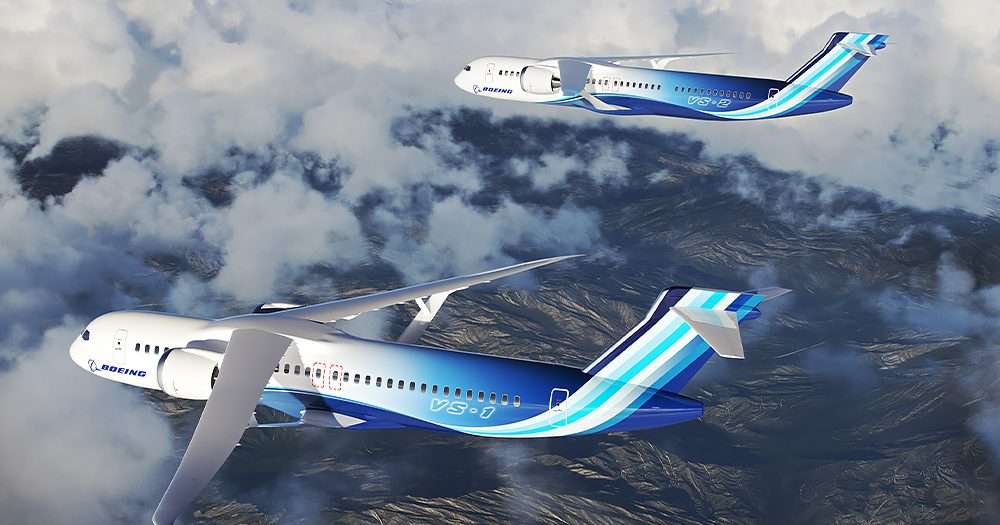NASA and The Boeing Company have teamed up for a sustainable future in aviation with the Sustainable Flight Demonstrator project aimed at reducing emissions and increasing fuel efficiency.
NASA will invest US$425 million over the next seven years, while the company and its partners will contribute an estimated US$725 million. The space agency will also provide technical expertise and facilities as part of the agreement.
“Since the beginning, NASA has been with you when you fly. NASA has dared to go farther, faster, and higher. And in doing so, NASA has made aviation more sustainable and dependable. It is in our DNA,” said NASA Administrator Bill Nelson.
“It’s our goal that NASA’s partnership with Boeing to produce and test a full-scale demonstrator will help lead to future commercial airliners that are more fuel efficient, with benefits to the environment, the commercial aviation industry, and to passengers worldwide. If we are successful, we may see these technologies in planes that the public takes to the skies in the 2030s.”
Single-aisle aircraft account for nearly half of the worldwide aviation emissions, making them a top priority for improving sustainability. NASA says it plans to complete testing for the project by the late 2020s, with the hope that the technologies demonstrated can inform the next generation of single-aisle aircraft.
According to NASA, the technology on the demonstrator aircraft, combined with advancements in propulsion systems, materials, and systems architecture, has the potential to result in fuel consumption and emissions reductions of up to 30% relative to today’s most efficient single-aisle aircraft, depending on the mission.
The project will see the development and flight-testing of a full-scale Transonic Truss-Braced Wing demonstrator aircraft. The truss-braced wing concept involves an aircraft with extra-long, thin wings stabilized by diagonal struts, creating a shape that results in less drag and therefore burns less fuel.
“The Transonic Truss-Braced Wing is the kind of transformative concept and investment we will need to meet those challenges and, critically, the technologies demonstrated in this project have a clear and viable path to informing the next generation of single-aisle aircraft, benefiting everyone that uses the air transportation system,” said Bob Pearce, NASA associate administrator for the Aeronautics Research Mission Directorate.
“NASA is working toward an ambitious goal of developing game-changing technologies to reduce aviation energy use and emissions over the coming decades toward an aviation community goal of net-zero carbon emissions by 2050.”
For more, head to: www.boeing.mediaroom.com







